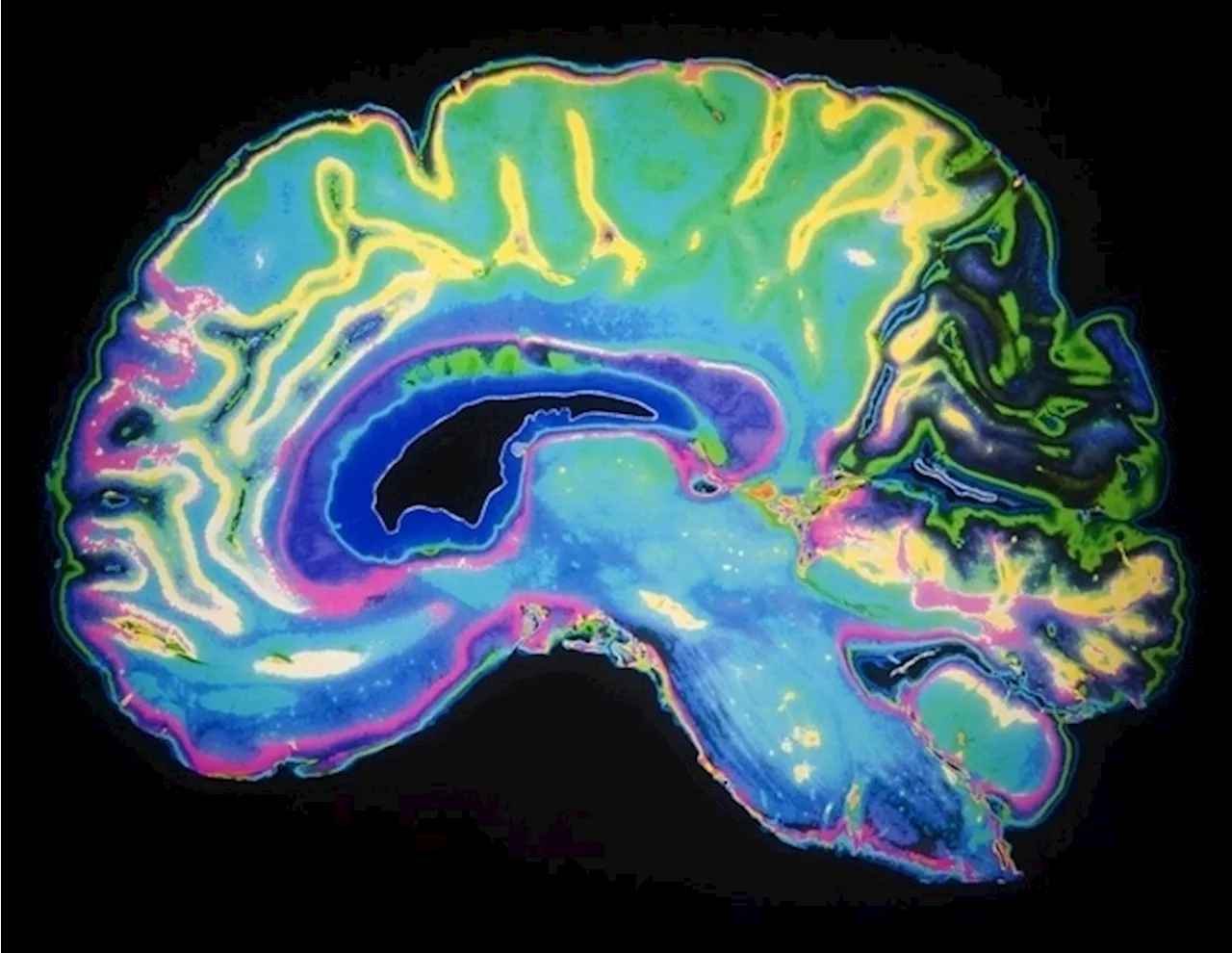A team of Medical University of South Carolina researchers, led by Onder Albayram, Ph.D., reports in PNAS Nexus that they have discovered a novel protective response by which the brain naturally repairs itself after traumatic brain injury.
Mar 13 2024Medical University of South Carolina Findings could lead to drug treatments that improve the brain's ability to recover after concussions and prevent long-term brain disease.
For some people, repeated blows to the head can trigger a domino effect of secondary brain disease. They can develop chronic traumatic encephalopathy, a progressive type of dementia with no known cure. In fact, brain injuries are the No. 1 environmental risk factor for neurodegenerative brain diseases, such as Alzheimer's disease or other dementias, said Albayram.
This is the first study to show that the protein p17 does indeed play a crucial role in protecting the brain after repeated concussions. When researchers removed p17 in the brain cells of mice, they developed secondary disease after injury.
United Kingdom Latest News, United Kingdom Headlines
Similar News:You can also read news stories similar to this one that we have collected from other news sources.
 UK's General Medical Council urged to revise terminology for international medical graduatesThe General Medical Council (GMC) should revise its terminology regarding international medical graduates (IMGs) in the UK, argues a new commentary published in the Journal of the Royal Society of Medicine (JRSM).
UK's General Medical Council urged to revise terminology for international medical graduatesThe General Medical Council (GMC) should revise its terminology regarding international medical graduates (IMGs) in the UK, argues a new commentary published in the Journal of the Royal Society of Medicine (JRSM).
Read more »
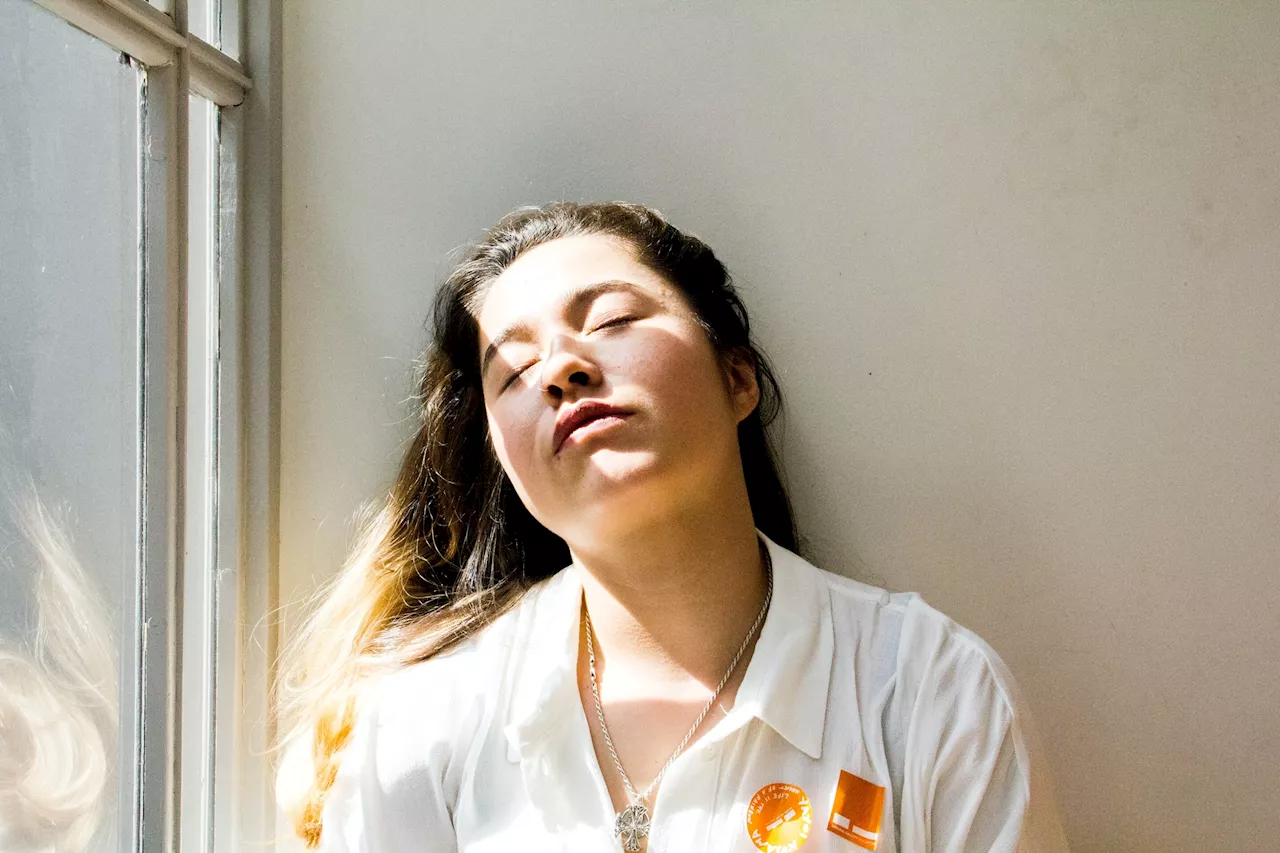 Medical malpractice incidents are more severe during daylight saving time, new study findsMedical malpractice incidents are more severe during the months of the year when daylight saving time is observed in the U.S., according to a new study that examined three decades of malpractice claims.
Medical malpractice incidents are more severe during daylight saving time, new study findsMedical malpractice incidents are more severe during the months of the year when daylight saving time is observed in the U.S., according to a new study that examined three decades of malpractice claims.
Read more »
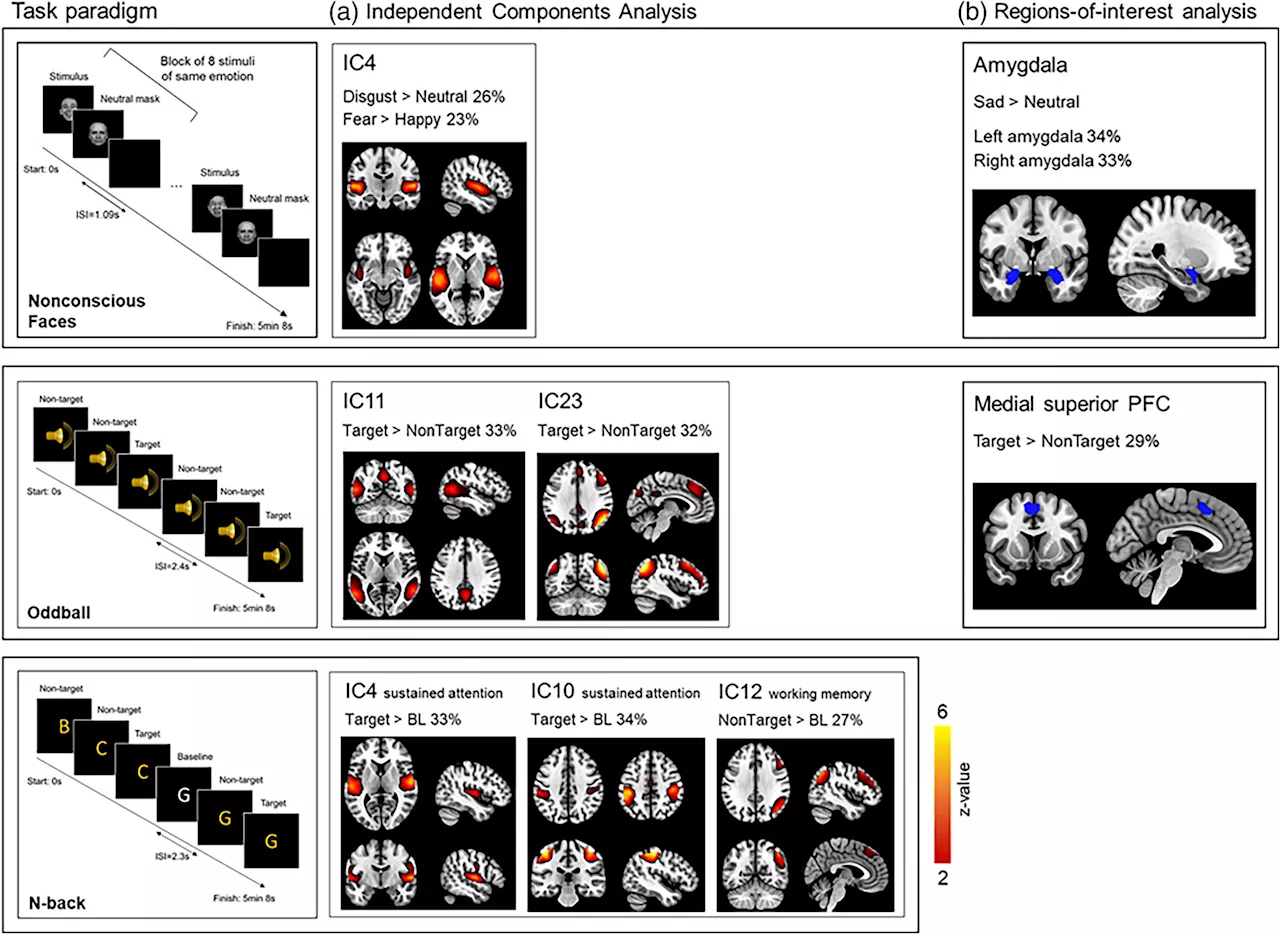 Nature vs nurture: Twin study sheds light on heritable brain activityThe way our brain processes different emotional and cognitive tasks may be underpinned by common factors, find scientists from UNSW and Neuroscience Research Australia (NeuRA).
Nature vs nurture: Twin study sheds light on heritable brain activityThe way our brain processes different emotional and cognitive tasks may be underpinned by common factors, find scientists from UNSW and Neuroscience Research Australia (NeuRA).
Read more »
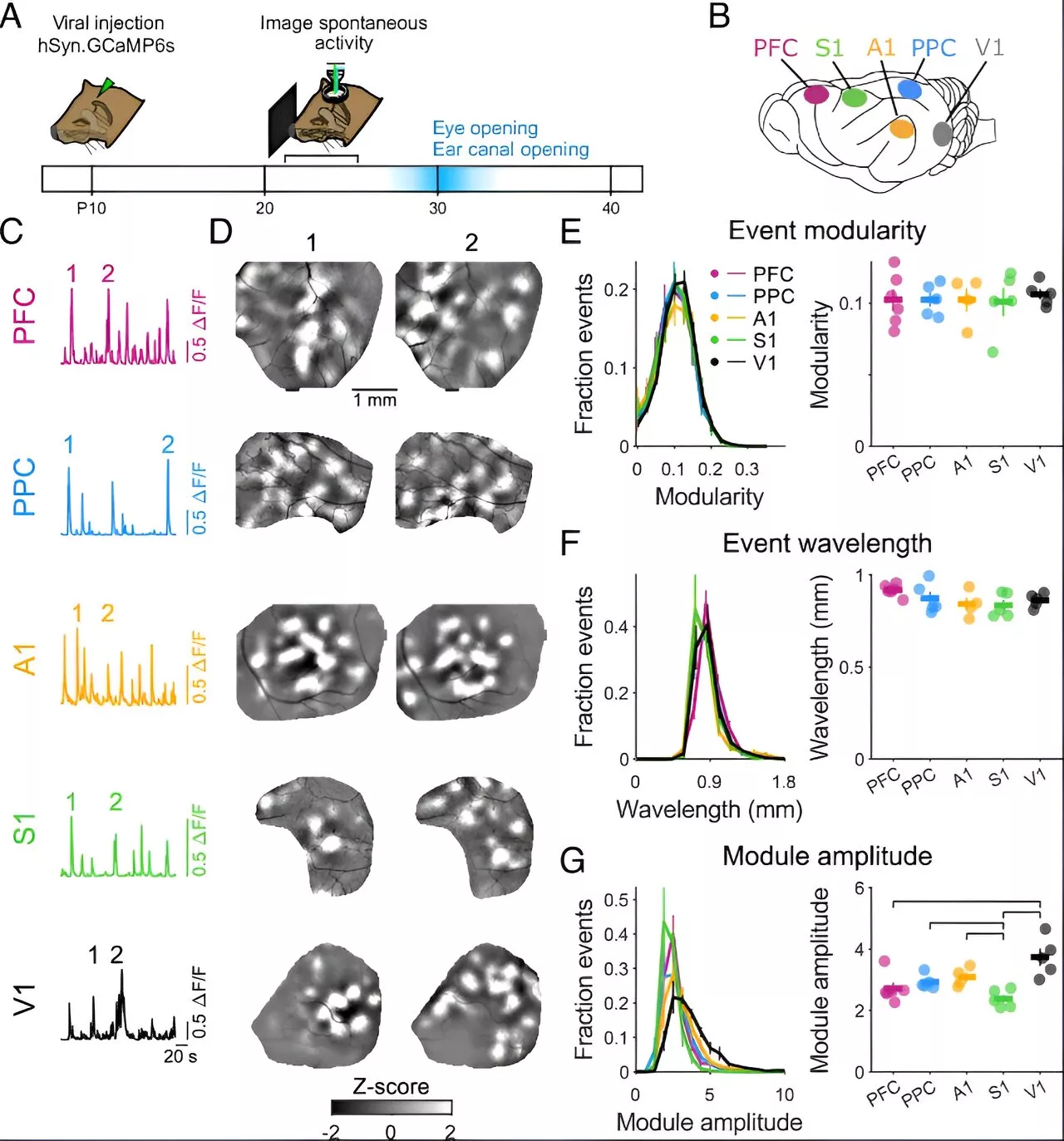 Study reveals shared blueprint in brain development across different functional areasIn a new study published in Proceedings of the National Academy of Sciences, researchers from the University of Minnesota Medical School have investigated brain development to understand how different areas of the brain become specialized in handling information such as vision, sound, touch and planning.
Study reveals shared blueprint in brain development across different functional areasIn a new study published in Proceedings of the National Academy of Sciences, researchers from the University of Minnesota Medical School have investigated brain development to understand how different areas of the brain become specialized in handling information such as vision, sound, touch and planning.
Read more »
 Troublesome Roof on Oxford University Museum of Natural HistoryThe roof on the Oxford University Museum of Natural History has long proved troublesome. In its 160-year history it has collapsed once, partially blown off twice and leaked constantly. All the while, it has poured sunlight onto the natural wonders within. Red butterflies are bleached white; the skins of stuffed creatures are cracked. This is an example of a problem faced by many of England’s historic buildings. Its roof is a striking period feature, rightly protected by law. It is also, in effect, a greenhouse. As the building gets older—and the world outside it warmer—preservation of the building will become harder to reconcile with preservation of the collections inside it. England’s most prized buildings are “listed” as being of special architectural or historical interest; that makes it a criminal offence to alter them without permission. Administered by Historic England, the government’s heritage watchdog, the list is about 500,000 buildings long. For many, that is a nuisance. In Norfolk mobile-phone signals are often patchy because masts cannot be built near listed buildings.
Troublesome Roof on Oxford University Museum of Natural HistoryThe roof on the Oxford University Museum of Natural History has long proved troublesome. In its 160-year history it has collapsed once, partially blown off twice and leaked constantly. All the while, it has poured sunlight onto the natural wonders within. Red butterflies are bleached white; the skins of stuffed creatures are cracked. This is an example of a problem faced by many of England’s historic buildings. Its roof is a striking period feature, rightly protected by law. It is also, in effect, a greenhouse. As the building gets older—and the world outside it warmer—preservation of the building will become harder to reconcile with preservation of the collections inside it. England’s most prized buildings are “listed” as being of special architectural or historical interest; that makes it a criminal offence to alter them without permission. Administered by Historic England, the government’s heritage watchdog, the list is about 500,000 buildings long. For many, that is a nuisance. In Norfolk mobile-phone signals are often patchy because masts cannot be built near listed buildings.
Read more »
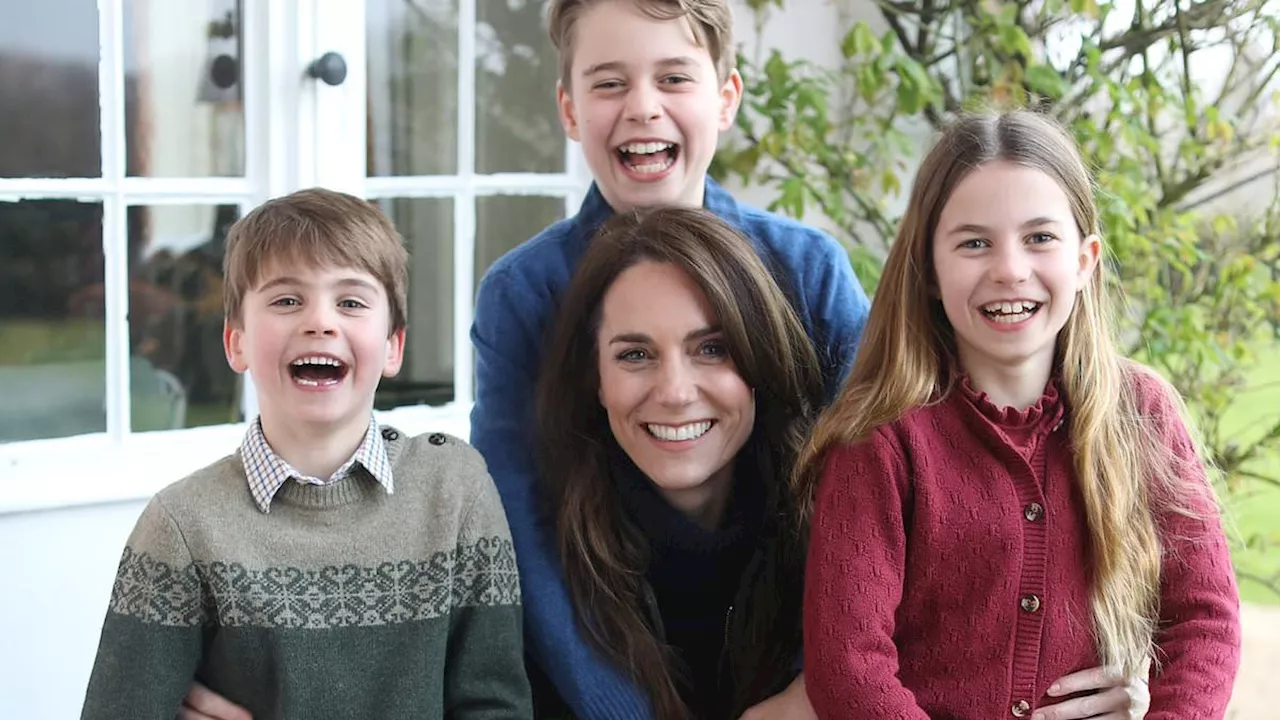 Possible Medical Reasons for Not Wearing Wedding RingsThis article explores the potential medical reasons why someone might stop wearing their wedding rings, using the recent photograph of the Princess of Wales as an example. Weight loss, surgical recovery, injuries, gout, and medication are discussed as possible causes.
Possible Medical Reasons for Not Wearing Wedding RingsThis article explores the potential medical reasons why someone might stop wearing their wedding rings, using the recent photograph of the Princess of Wales as an example. Weight loss, surgical recovery, injuries, gout, and medication are discussed as possible causes.
Read more »
